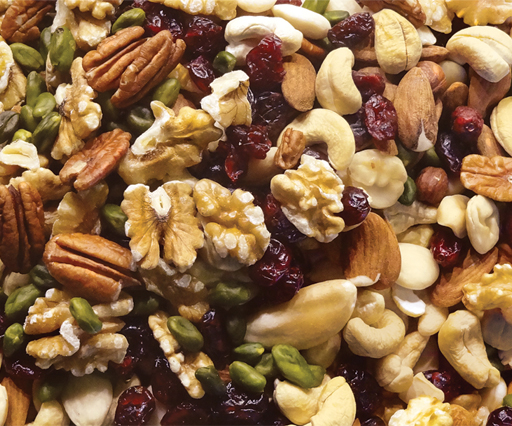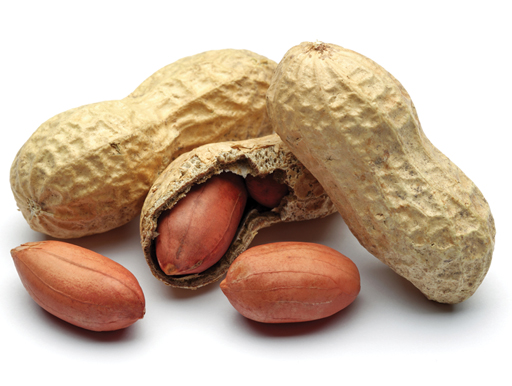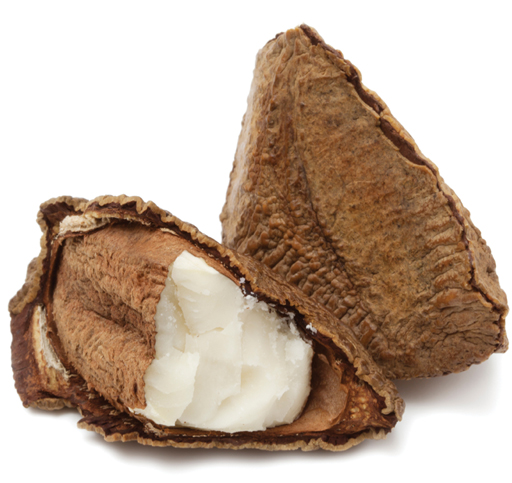1.5 Nut allergy
In the UK, peanut and tree nut allergy is the most common cause of severe and fatal allergic reactions. It affects 2% of children and 0.5% adults. People diagnosed during childhood rarely grow out of the allergy.
The most concerning aspect of nut allergy is that, over a 20-year period from 1992 to 2012, there were 69 fatalities in the UK. Therefore, in 2017, the BSACI published guidelines for the diagnosis and management of peanut and tree nut allergy (Stiefel et al., 2017).
Activity 2 Know your tree nuts
Consider the following:
- a.Make a list of as many tree nuts as you can.
- b.What is the difference between peanuts and tree nuts?



